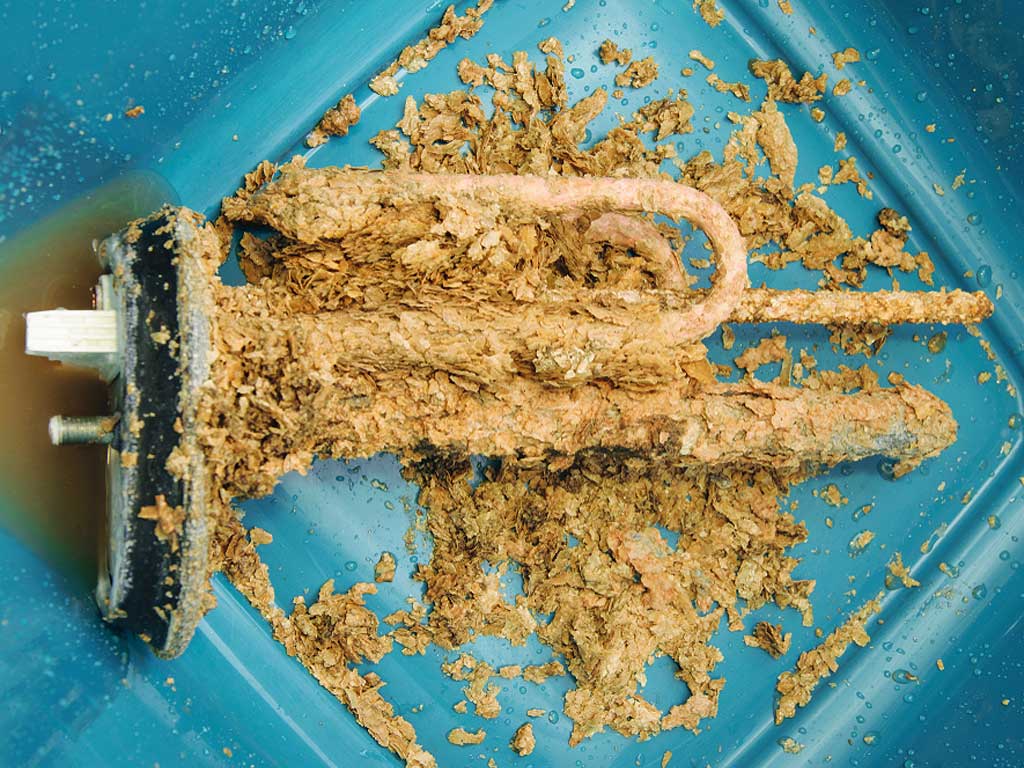A radiant heating system relies on a boiler to heat water. Then, the boiler pipes the resulting steam or hot water to heating devices, which are usually radiators or radiant flooring. Choosing the right replacement boiler for your home is essential to keep your home comfortable during winter. Also, replacing an older, inefficient boiler usually reduces your energy costs. Here is what you need to know to select the right boiler for your particular home.

#1 Figure Out What Type of System You Have
It is easy to determine whether you have a steam or hot water system. First, a home with radiant flooring almost always has a hot water system. If your home has radiators, you can look for the characteristics of steam systems that are not features of hot water systems. Frequently, a quick look at your radiators is enough to tell the difference. A steam system’s radiators have air vents. When the system starts up, these small valves on the side of the radiators release air so that steam can enter the radiators. Hot water systems do not have air vents.
Another way to figure out the type of heating system is to check your boiler. A steam boiler will have a steam pressure controller. Typically, it is a small rectangle with a clear front that allows you to see inside the controller. Often, the controller is labeled ‘Pressuretrol’ and ‘Honeywell’, a popular manufacturer. Also, a boiler that has a glass tube that lets you see its water level is part of a steam system. An additional sign of a steam system is the boiler has a single pipe for steam to leave and return to the unit.
#2 Determine the Fuel Source
If you have recently purchased your home, you may not know what fuel runs your existing boiler. Natural gas is the most popular type of fuel for boilers. A monthly utility bill from the gas company usually indicates natural gas is the fuel source for your boiler. Natural gas is an inexpensive fuel, but some parts of the country do not have access to natural gas.
Liquid propane, another common fuel source, is available throughout the country. Propane is stored outside of your home in an underground or above ground tank. A typical household has its propane delivered a few times a year. With relative ease, many gas boilers can be modified to run on propane.
Fuel oil, also known as heating oil, is a less common fuel source. It is stored in a tank in your home or yard. Unlike other boilers, the burner extends from the front of an oil boiler.
#3 Consider How to Vent the New Boiler
If you want a boiler that vents through your masonry chimney, your selection will be limited. Some homeowners choose to line their chimney to expand their options. However, chimney liners are not appropriate for all boilers. For example, high-efficiency boilers have to be vented through PVC, CPVC, or polypropylene. It is possible to modify a home with new venting for any type of boiler.
#4 Get the Right Size Boiler
Selecting the right size boiler is critical. An undersized boiler is inefficient because it runs constantly. Fortunately, it is rare that homeowners choose a boiler that is too small. Unfortunately, oversized boilers are a common problem. Boilers that are too big have short cycles. That reduces the life of the unit. Also, oversized boilers use more fuel than needed to heat your home, which results in higher heating bills.
The way to pick the right size boiler is to have a professional assess your home’s heating needs. The heating contractor will inspect your existing heating system. In addition, the heating professional determines your home’s heat loss calculation based on your home’s size, insulation values, air filtration, and other relevant factors.
Contact Aladdin Plumbing to help you select the replacement boiler that is right for your home.
